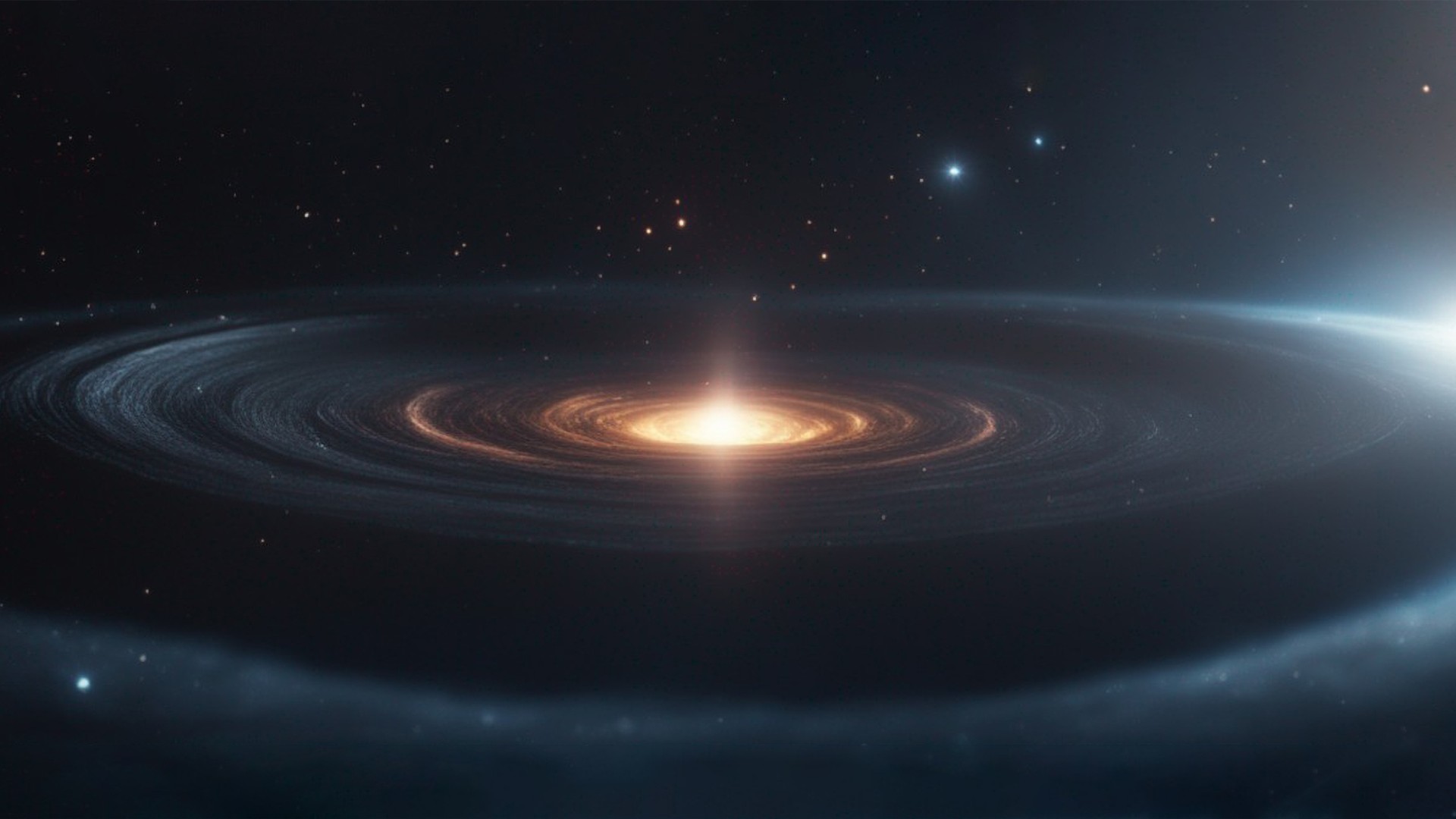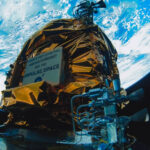Now Reading: Ripples from the Big Bang could transform our understanding of the universe — and we may be close to detecting them
-
01
Ripples from the Big Bang could transform our understanding of the universe — and we may be close to detecting them
Ripples from the Big Bang could transform our understanding of the universe — and we may be close to detecting them


Deep in the first moments of the Big Bang, the entire cosmos shook and rumbled. Those quakes still reverberate to the present day. It will take the most sensitive instruments ever imagined to reveal those ripples, but if they are discovered, they will change our understanding of the entire universe.
In 1916, Albert Einstein discovered that his theory of general relativity predicted the existence of gravitational waves — ripples in the fabric of space-time caused by anything with mass that accelerates. But gravity is by far the weakest of the known forces, and gravitational waves are weaker still. So, although the idea of gravitational waves was interesting, Einstein believed they could never be detected.
Nearly a century later, a team of physicists set out to prove that gravitational waves could, indeed, be detected. After 25 years of effort, they developed the Laser Interferometer Gravitational Wave Observatory (LIGO). The detector consists of mile-long lasers tuned precisely to monitor vibrations down to the scale of an atomic nucleus.
In 2015, the team finally hit the jackpot, finding the unmistakable signature of gravitational waves released by merging black holes washing over the instrument.
Despite the minute strength of those gravitational waves when they were detected, they were enormously strong when they were produced. Merging black holes release tremendous amounts of energy. In less than a second, they output as much energy as the entire mass of the sun would if it were converted into pure energy.
There is no flash. No explosion. No detonation. The energy released is entirely invisible, purely in the form of gravitational waves. Within a light-year of that merger, anything caught by the waves would be torn to shreds as the competing gravitational forces overwhelmed them.
But as powerful as those events are, they aren’t nearly the strongest gravitational waves the universe has made.
Cosmologists think that in the first few moments of the Big Bang, less than a fraction of a second into the existence of the universe, our cosmos underwent a remarkable transformation. It grew by multiple orders of magnitude — the equivalent to swelling your body to the size of the modern-day observable universe. This event, known as inflation, was over and done with in the blink of an eye, and it set the stage for the entire future history of the universe as we know it.
We do not know what powered inflation, why it started when it did, or why it stopped when it did. But we strongly suspect that it happened, because we have indirect evidence for it. During inflation, everything got bigger, including the sub-microscopic quantum foam that constantly roils and bubbles at the tiniest scales.
Inflation turned that quantum foam into merely small variations in density across the universe. That left a lasting impression, as matter eventually collected into the high-density pockets left over from inflation. The cosmic microwave background, released 380,000 years later, contains a faint memory of that initial imprint, as seen in variations in temperature across the sky.
The statistical properties of those patterns match what we expect from inflation. But still, we don’t have a direct view into the event itself.
Thankfully, inflation left more than a fingerprint. It shook the cosmos. It triggered the formation of gravitational waves of such ferocity that nothing in the entire history of the universe could ever compete with.
Those gravitational waves still exist today and gently slosh over Earth. But they are very weak, having been stretched out through billions of years of cosmic expansion. They are also very hard to detect, as they have incredibly long wavelengths.
LIGO can see the vibrations caused by black hole mergers because they are brief and sharp, which makes them stand out clearly against the background noise of all of the natural vibrations within the experiment, like seismic waves and even the conversations of people in the lunchroom.
But gravitational waves from inflation, known as primordial gravitational waves, are too long and slow. They hide beneath the noise. No Earthly detector is ever likely to find them.
That’s why the next generation of gravitational wave observatories will be in space. The Laser Interferometer Space Antenna (LISA), which is set to launch in the mid-2030s, will consist of a trio of satellites flying 600,000 to 3 million miles (1 million to 5 million kilometers) apart. They will bounce lasers back and forth, looking for any minute change in their distances as gravitational waves wander through the solar system.
LISA has a number of science goals, including finding the waves created by supernovas and supermassive black holes and hunting for primordial gravitational waves. Nobody knows if it will be successful. We don’t know how strong primordial gravitational waves were when they were generated, so we don’t know how weak they are in the present day.
RELATED STORIES:
Over a decade ago, astronomers proposed a successor to LISA, called the Big Bang Observer (BBO). Instead of just three satellites, the BBO would feature dozens of spacecraft coordinating across the width of the solar system with high-powered, ultraprecise lasers.
The BBO would have the sensitivity to detect pretty much any primordial gravitational wave predicted by our theories of inflation. But as of right now, the BBO is just a proposal with no firm plans for continuing.
So, right now, all hopes are pinned on LISA. With luck, it will provide the first direct view into the earliest moments of cosmic history and reveal detailed information about how inflation happened. It will be a view unlike any other — completely invisible, exceptionally quiet and utterly transformative.
Stay Informed With the Latest & Most Important News
Previous Post
Next Post
-
 012024 in Review: Highlights from NASA in Silicon Valley
012024 in Review: Highlights from NASA in Silicon Valley -
 02Panasonic Leica Summilux DG 15mm f/1.7 ASPH review
02Panasonic Leica Summilux DG 15mm f/1.7 ASPH review -
 03How New NASA, India Earth Satellite NISAR Will See Earth
03How New NASA, India Earth Satellite NISAR Will See Earth -
 04And Thus Begins A New Year For Life On Earth
04And Thus Begins A New Year For Life On Earth -
 05Astronomy Activation Ambassadors: A New Era
05Astronomy Activation Ambassadors: A New Era -
06SpaceX launch surge helps set new global launch record in 2024
-
 07Space Force plans new ‘Futures Command’ amid pressure to speed up modernization
07Space Force plans new ‘Futures Command’ amid pressure to speed up modernization



















